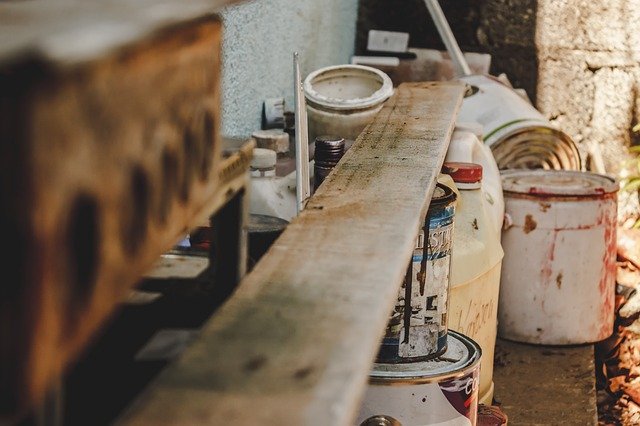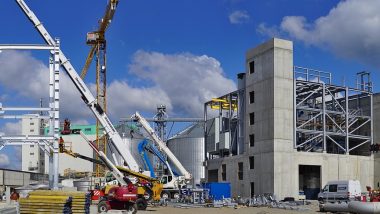Wanting to start a rehab on an older home or trying a fix and flip?
Are you a property investor? It takes a lot of capital to have a successful flip, but there are loans out there created to help. These loans are called fix-and-flip loans, or sometimes a rehab loan.
Fix-and-flip loans are there to help with purchasing, refinancing, or renovating of a real estate investment property.
With this loan, it is based on the value of your property rather than your credit. There is not just one type of these loans, but a few and there are some important differences between them.
What Type of Fix and Flip Loans Are There?
There are a variety of financing options for people that are looking for fix and flip loans.
The different types of loan for real estate lending come with varied interest rates, fees, and qualification requirements. While there are more to choose from, two of the popular financing options are:
Hard Money Loan
With a hard money loan, it is a short-term option with terms ranging from a few months to a few years and the real estate serves as the collateral. The qualification requirements tend to be lower, but they have higher interest rates that averages around 8-15%, plus points.
The points are a percentage of what the total loan amount is.
For example, if the points equal 2% of the amount, a borrower can request a loan of $100,000, and while the lender can charge 3 points on it, the borrower would then end up paying $6,000 to the principal and interest on top of the loan amount.
There is an advantage to this loan for fix-and-flip investors: the borrowers looking for expediting the process can often gain quick access to funding with these hard money loans, and often times it much quicker than getting traditional funding options.
Since these loans require lower qualifications, even without a proven track record, borrowers could potentially be approved for these loans.
Likewise, with the hard money loan, the repayments can be structured in ways that the borrower won’t have to repay the interest or points payments until after the property has sold.
Bridge Loan
With a bridge loan, these are usually used to facilitate the sale of a property being purchased with the intent of renovating and selling, or also known as fix-and-flip.
Because of this, the bridge loans are typically the choice buyers wanting to do a fix-and-flip for financing.
More specifically, real estate bridge loans are short-term loans that are secured by real estate assets and they are meant to provide accelerated access to capital for borrowers with a timely need or commitment.
These types of bridge loans are not mutually exclusive, which means that a hard money loan bridge loan can also be possible.
What Are the Advantages of Fix-and-Flip Loans?
The demand for fix-and-flip loans typically comes from a lack of capital in the current lending marketplace. These fairly short-term loans are able to create opportunities for investments that could provide attractive yields for investors. There are other benefits to fix-and-flip loans as well:
- Secured Investment: The real estate ends up serving as collateral, whether it’s the property or land involved. If there is a default, the lender can take ownership of the collateral.
- Short Duration: This loan is typical short in duration, usually about 12 to 24 months, and there is no penalty for repaying the loan early.
- Diversification: There is a low stock market correlation with fix-and-flip loans, which makes them good options for diversifying a traditional portfolio.
We have several Trusted Funding Partners that can assist you in providing the funds you need to get your project underway.
Please contact us directly or you can contact them by clicking on of the buttons below.




